 It’s that time of the year — phablet season! Samsung has a brand new Galaxy Note lineup for 2020 in the Galaxy Note 20 and Galaxy Note 20 Ultra. We were fortunate enough to receive a review unit from Samsung for this review, and for that, we thank them.
It’s that time of the year — phablet season! Samsung has a brand new Galaxy Note lineup for 2020 in the Galaxy Note 20 and Galaxy Note 20 Ultra. We were fortunate enough to receive a review unit from Samsung for this review, and for that, we thank them.
Like last year, Samsung has broken the Note series down into two devices, with one being the ultra premium experience starting at $1299 and the other being a less expensive option with hardware and spec tweaks done to make the device more obtainable. However, even the cheaper Galaxy Note 20 still starts at $999, so by no means are either of these devices inexpensive.
I’ve spent quite a bit of time with the Galaxy Note 20 Ultra now, and while my pockets have been stretched a bit further than they would appreciate with me going back to a larger device, I have plenty of thoughts to share.
This is our Galaxy Note 20 Ultra review!
The Good
Specs
As one might hope from a $1,299 smartphone, this phone is packed with all of 2020’s top specifications. Galaxy Note 20 Ultra has a 6.9″ Infinity-O AMOLED display (3088×1440) with a variable refresh rate of up to 120Hz, Snapdragon 865+ processor with X55 modem for 5G connectivity, 12GB RAM, starting storage of 128GB (a $1,449 option is available with 512GB storage), 4,500mAh battery, IP68 water and dust rating, triple rear camera system (12MP ultra wide camera, 108MP wide-angle camera with PDAF and OIS, and 12MP telephoto camera), improved S Pen, NFC + MST for all your mobile payment needs, ultrasonic fingerprint reader, wireless powershare, stereo speakers by AKG, and the latest One UI 2.5 software atop Android 10.
There really isn’t much more you could stuff into this device. Even at this price, I’m not sure we’ll see any Galaxy Note super fans complaining, maybe with exception to the battery size. More on that in a bit, though.
Display
Even with its 6.9″ size, Samsung packed a ton of pixels into the Ultra’s display, with the phone featuring a PPI of just under 500. That’s plenty crisp for high resolution video lovers. Like Samsung’s past displays, its capable of fantastic brightness for splendid visibility even when in direct sunlight, offers great colors, and the big highlight is its Adaptive refresh rate of up to 120Hz. Buyers will have to note, though, the 120Hz refresh rate is not supported when the device is set at its WQHD+ resolution — you’ll be maxed out at FHD+ resolution. There’s also a bit of battery concern when set at 120Hz, but I will save that for the dedicated battery section below.
For Note fans who haven’t experienced anything over 60Hz yet, prepare to have your mind blown. When enabled, Samsung’s One UI and Android 10 are buttery smooth, with gameplay looking good and app animations nice and fluid. It’s a very nice improvement for the display, but again, there is a downside for those who want long-lasting battery life.
Other display highlights include Samsung’s continued inclusion of an Always On Display, a great looking Dark Mode that has a built-in scheduler, Blue Light Filter for pleasant night viewing, as well as various screen modes to tune the screen how you see fit. Basically, if you know anything about Samsung displays, you’ll know that it’s killer.
S Pen
What makes the Note a Note is the fact that Samsung incorporates an S Pen into the device’s body, removable by the user for a myriad of things. In 2020, the capabilities of the S Pen has grown quite a bit from, say, the S Pen for the Galaxy Note 3. The S Pen has its own battery and Bluetooth connectivity, as well as improved latency and accuracy.
While I may not personally be a huge fan of handwriting on my smartphones, I will give props to this phone’s S Pen. It’s crazy smooth and feels very much like actual pen and paper. It doesn’t improve my handwriting skills, but that’s my problem.
New features for this year’s S Pen are the improved latency and accuracy I already mentioned, but functionality wise, Samsung details a new Notes app that allows for improved sync across all your Samsung devices, plus the PENUP community is still up and running for artists who want to share their S Pen works of art. Having forced myself to use S Pen a few times, I will say that doodling on top of screenshots is easy and fun, as you can see in the header image on this post that I created on the Note 20 Ultra. I have also appreciated the gesture controls when inside of certain apps, such as the ability to navigate web pages inside of Chrome.
Personally, just having the display set to 120Hz and doodling with the S Pen is pretty damn satisfying with an authentic feel Note fans deserve.
Software
Samsung ships One UI 2.5 on top of Android 10 with both models of the Galaxy Note 20, which wouldn’t be all that exciting, except for one major thing: Samsung has fixed the 3rd-party launcher issue with Android 10’s native gesture navigation! This means that buyers of this phone will be able to utilize any 3rd-party launcher of their choosing and also run gesture navigation as well. Honestly, Samsung is out here making dreams come true with this.
Besides that, it’s a very straightforward Samsung experience. There are literally hundreds of built-in software features, all hidden within endless Settings menus. Has it gotten better over the years, navigating these menus? Of course, but anyone who has recently ran a Samsung device will know what to expect here. Nothing’s really changed.
The only thing we as users need to really keep in mind is that Samsung still prefers using its own services versus Google’s. I go over this in my First 10 Things To Do video below, but I can give you a spoiler. What you need to do is enable Google’s Autofill service when setting the device up to make your life super easy, and also enable Chrome browser as your default. I feel bad for those who use Samsung’s own browser, maybe not knowing that there’s something better out there or they can’t figure out how to enable Chrome as their default. Regardless, I always try to make my Samsung phones as Google-like as possible, which is actually pretty easy to do these days. Thank goodness.
Camera
The Note 20 Ultra incorporates a new feature for Samsung devices, which is a laser autofocus system. After having used the Galaxy Note 10+ from last year and the Galaxy S20 Ultra from earlier this year, I can confirm that it’s a fantastic addition. The big noticeable change is the focus accuracy and focus time, which feels lightning quick now. When going to focus on a fast-moving subject, like the below chicken for example, the phone quickly recognizes that it’s a close-up and I can just as quickly press the shutter and get the photo I want. I promise you, results like this aren’t possible on every device, but it is on the Galaxy Note 20, which is a huge selling point for me.
The rear camera system consists of three shooters — a 12-megapixel ultra wide camera, 108-megapixel wide-angle camera (which uses OIS + PDAF), plus the 12-megapixel telephoto camera. Samsung is also utilizing a 5x optical zoom system (Space Zoom) that uses its own ZoomOIS system for stabilized shots even when zoomed at 50x.
Besides the addition of the improved focus system, which was certainly needed following the Galaxy S20 Ultra’s camera experience, this feels like a very typical Samsung camera experience. Colors tend to pop right off the screen, which is helped via the display, but contrast and shadow levels also seem great in most circumstances. If you’re coming from a Pixel device, you’ll notice that lighting isn’t as natural as it is on a Google phone, but since we’re all just sharing our pictures to Twitter and Instagram, both of which compress our images straight to hell, then I don’t think you’ll notice anyone complaining.
On the software side, there’s everything you’d expect on a flagship phone, with exception to an Astrophotography mode. For me, and this is totally a personal thing, but this time of year is prime for stargazing and I’m surprised Samsung hasn’t made a move into this yet. Regardless, buyers will get access to Pro shooting modes, Samsung’s Single Take mode, Live Focus, Super Slow-Mo, Hyperlapse, as well as augmented reality and Bixby Vision goodies.
Below are some camera samples, resized but unedited in any other way.
3 second exposure
Night Mode (20 second exposure)
3 second exposure vs. Night Mode at 20 second exposure
Hardware
If you’re releasing a $1299+ smartphone, the hardware better be incredible. In the case of the Galaxy Note 20 Ultra, yeah, it’s pretty gosh darn good. The thing feels like a little tank in your hand, with a few changes made over previous Samsung devices to really please Note fans.
For example, while this Mystic Bronze color may not be my favorite, it’s a matte finish, which means no fingerprints. Sweet lord, it’s amazing not having to wipe my phone all the time. Also, when compared to the Galaxy S20 Ultra, the rattle from the camera’s stabilization system is much less prominent on this phone. For some odd reason, buyers took that rattle to be a sign of cheapness, so it appears Samsung addressed that.
Now, you won’t see me knock this phone for its size or anything, because it’s supposed to be a big phone. However, past Note phone were a bit hard to hold, but I haven’t had many issues with this one. Even when out and about, I can use this device pretty comfortably with one hand. If I could change one thing, though, it’d have the be the phone’s hump on the back. Having nice cameras is good, but when you place the phone down on a flat surface, it’s wobbly because it can’t sit flat. Kinda annoying, but not a deal breaker for me.
Somewhere in the Middle
Battery
There’s a 4,500mAh battery inside the Galaxy Note 20 Ultra, which unfortunately, isn’t very impressive. With all of the pixels and power this phone is pushing, on top of the 120Hz refresh rate capable display, battery life probably won’t impress you much.
The first few days I had the device, I opted for 120Hz at FHD+ resolution. Battery life was bad. I was seeing about 2 1/2 to 3 hours of screen on time at max, with most of my usage going towards Spotify and YouTube. Because I was so unimpressed, I gave in and downed the refresh rate to the standard 60Hz at WQHD+ resolution, which my eyes were not happy with. While the viewing experience was choppy, I’ve had much better battery life. I’m now getting about what I originally expected, which is 4+ hours of screen on time, with plenty of YouTube and game playing happening.
We know that the upped refresh rates on any smartphone will affect battery life, but dang, we’ll need to find that happy middle ground and find it quickly. My eyes can’t do the 60Hz anymore, so my hope is that Samsung might tweak the Adaptive refresh rate feature. For example, if the phone could be more aggressive when it throttles the refresh rate, while providing the 120Hz when it’s needed most (say, when a game is being played), that would be nice.
For those who need to know charging speed specifics, the Galaxy Note 20 and Note 20 Ultra both handle 25W wired fast charging and 15W wireless charging.
Other Notes
- Fiancée Impressions: “I like the bronze color and enjoy that the back doesn’t gather fingerprints. The size is a bit too big for one hand use. I do not like that the camera is not flush with the back of the phone. I feel like Samsung should commit, either make the phone thicker or make the cameras smaller so that it’s flush. Otherwise, the display is large and beautiful.”
- Samsung Pay: Sorry, but I can’t use a Samsung device and review it without mentioning how much I love Samsung Pay. I love Samsung Pay!
- 3 Android Version Updates: Along with the Galaxy Note 20 lineup, Samsung announced this year that it’s latest high-end devices would receive three (3!) Android software version updates. In the world of Android, that is great news, even if they may not see the updates as quickly as Google devices. In the long run, speed doesn’t matter, but an updated phone with the latest version of Android does.
Price and Availability
The Galaxy Note 20 lineup will be available for purchase on August 20 through an assortment of retailers and carriers. You’ll find it starting at $999 for the Galaxy Note 20 and $1299 for the Galaxy Note 20 Ultra. If you want the 512GB model, you’re looking at $1449.
Both devices are purchasable via any of the links below, which includes links to all of the top US carriers and retailers like Best Buy and Amazon.
If you’re curious about whether we think $1299 is too much for this phone, well, nothing we say will change its price. Yes, it’s super expensive, but it’s also a very, very nice device. Samsung has made some great improvements and the only thing I’m hesitant about is the battery life. If you’re looking to drop its price, the best thing we’d suggest is taking part in Samsung’s trade-in program. We have used it multiple times ourselves and it’s been just fine each time.
Buy Galaxy Note 20 Ultra
Videos
Unboxing
First 10 Things to Do
Gallery
The Verdict
With its gorgeous display, excellent camera experience, and hardware you won’t want to put down, the Galaxy Note 20 Ultra is a Note phone that fans can easily fall in love with. On paper, it’s the phone to beat, and thankfully for Samsung (and buyers everywhere), there aren’t many companies that would try to compete in this price range. For now, Samsung reigns supreme in the super expensive Android smartphone category.
For those curious if they should upgrade or switch to the Galaxy Note 20 Ultra, I say, “If you can afford it, go for it!” Samsung’s improved camera experience makes it a worthy purchase, but then you’re reminded that Samsung is also promising 3 years of software updates. That’s pretty freakin’ sweet!
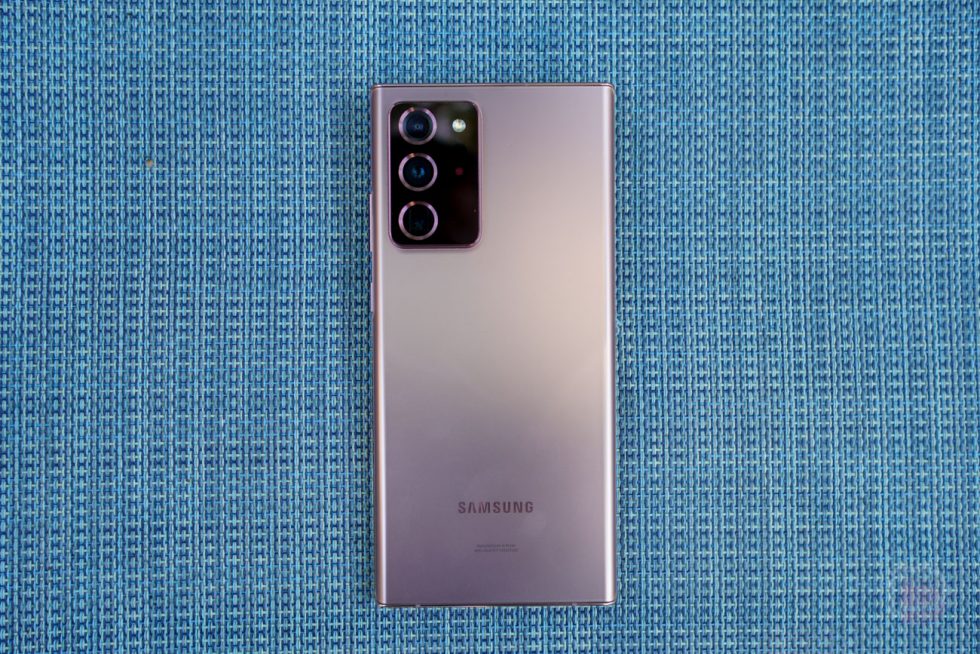
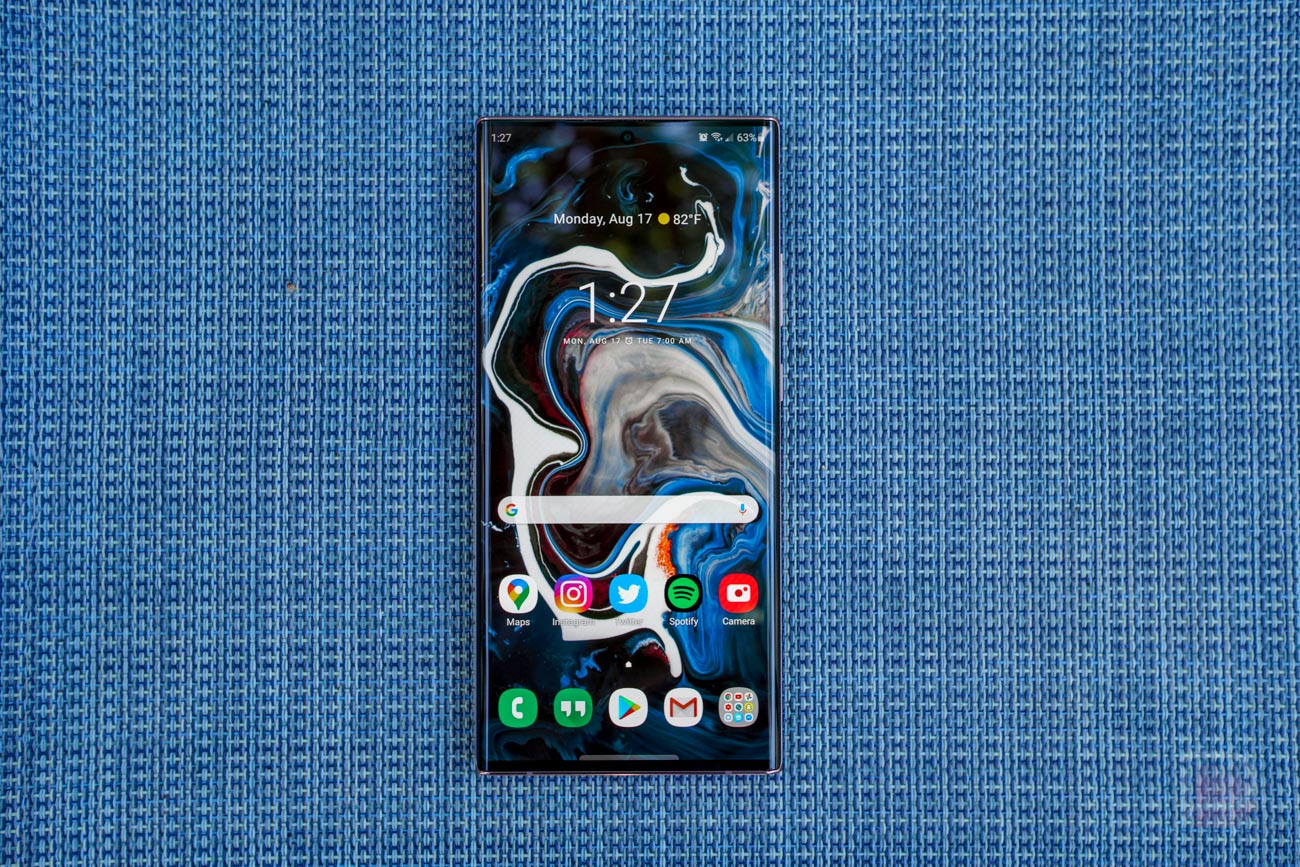
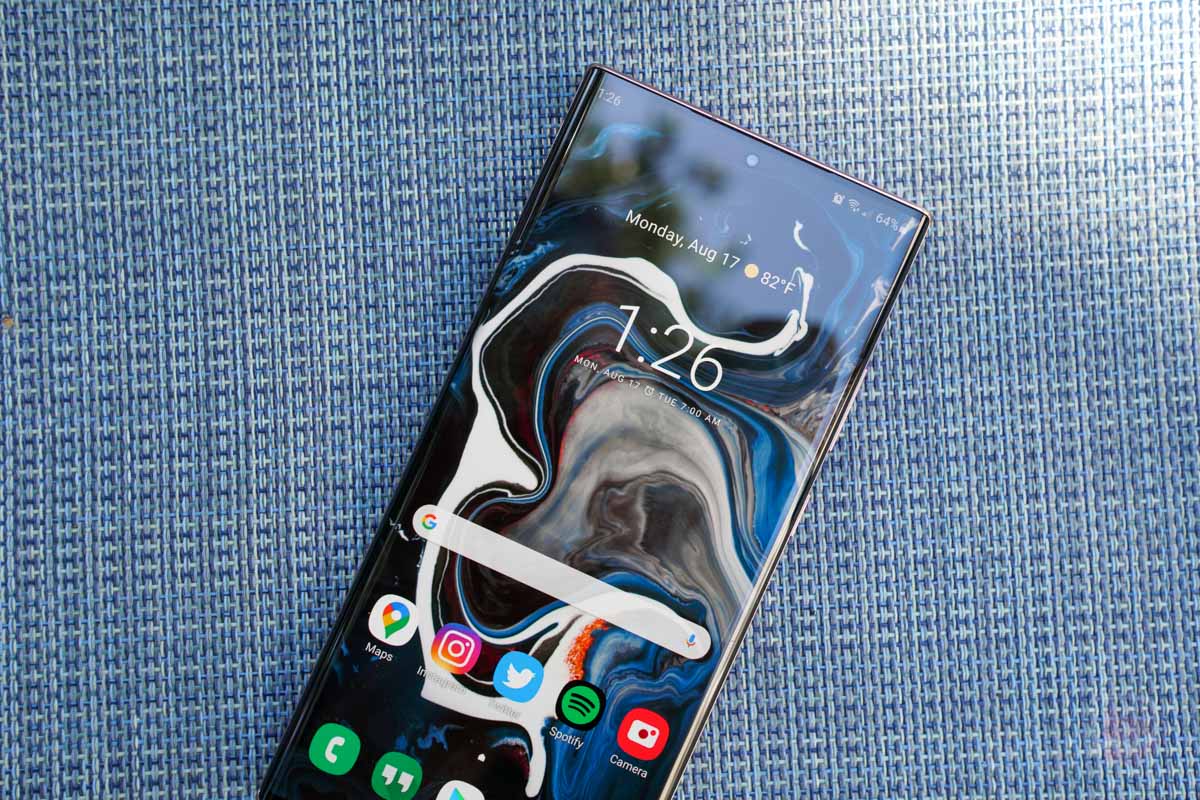
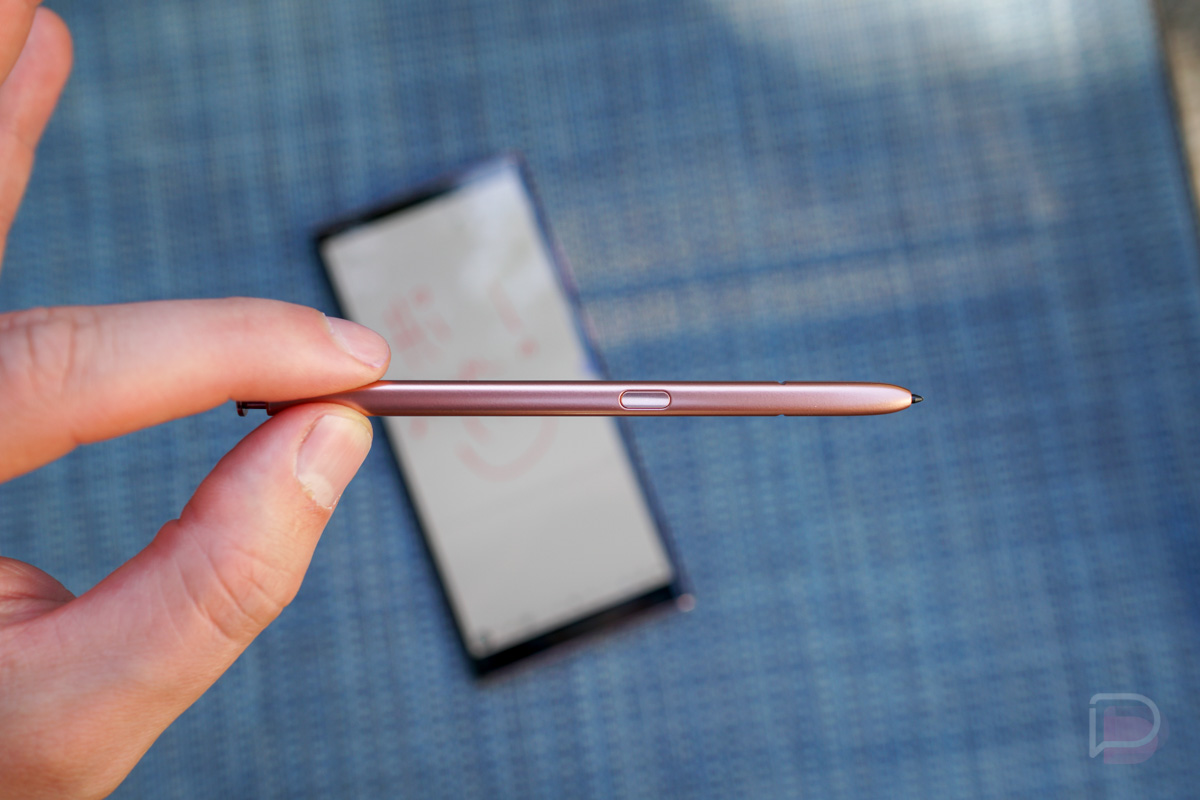
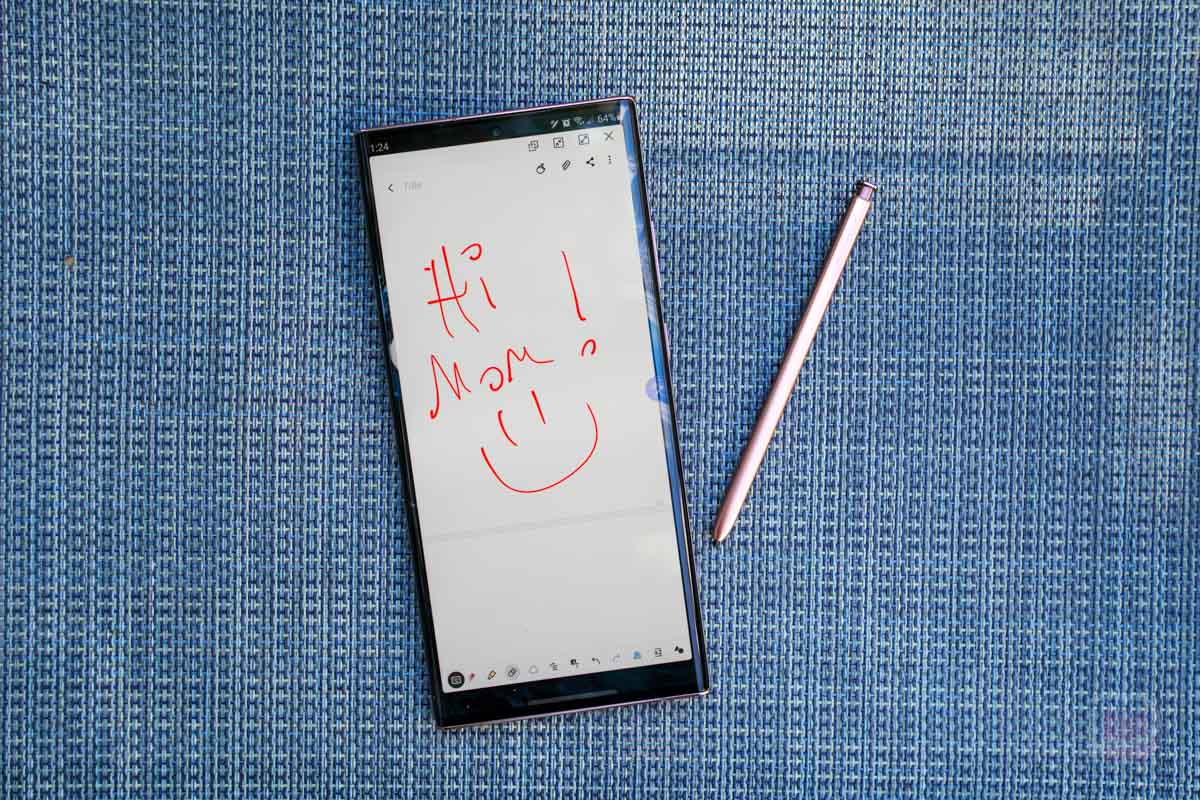
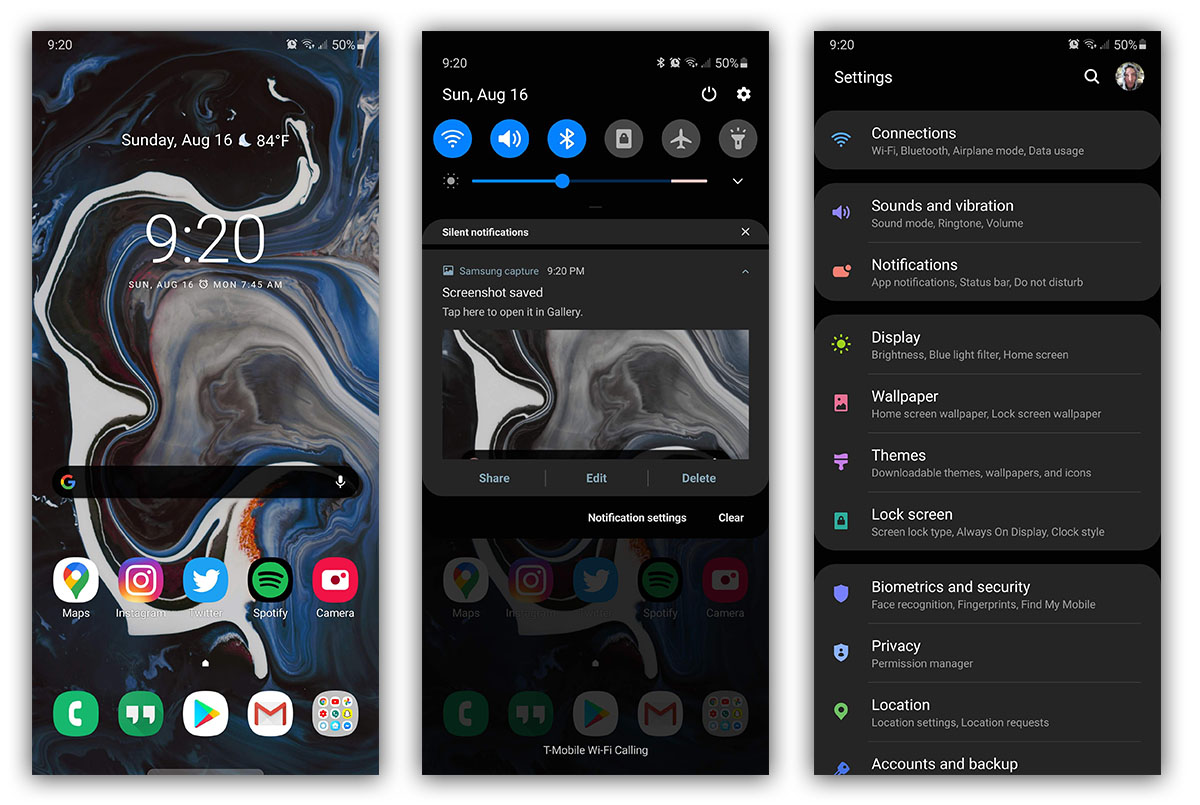
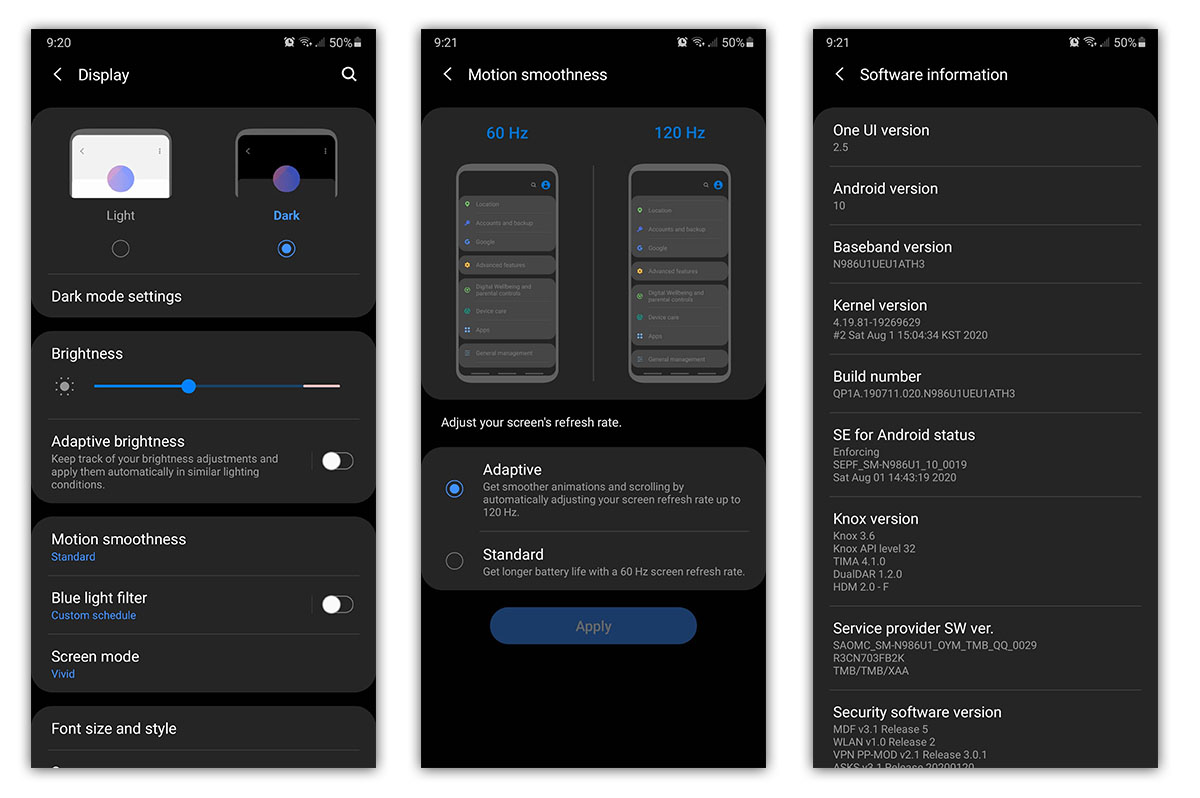
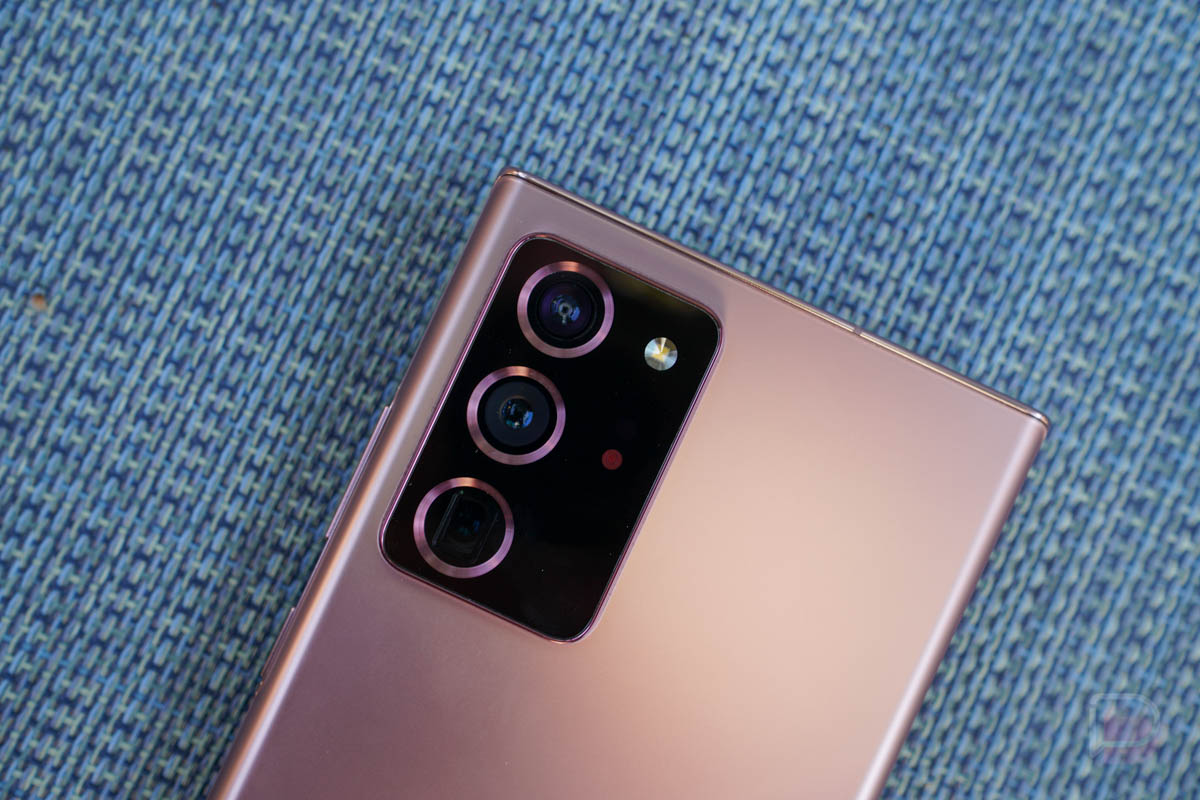





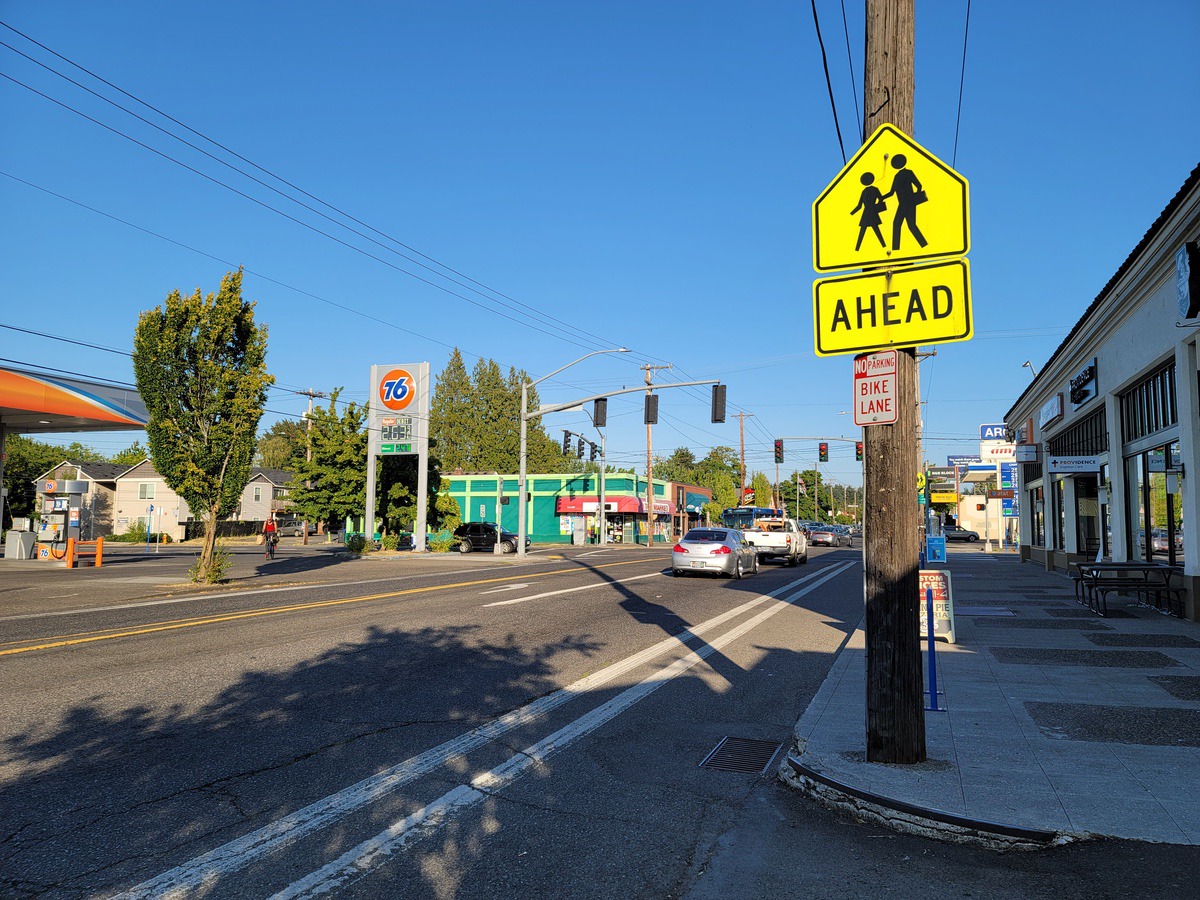

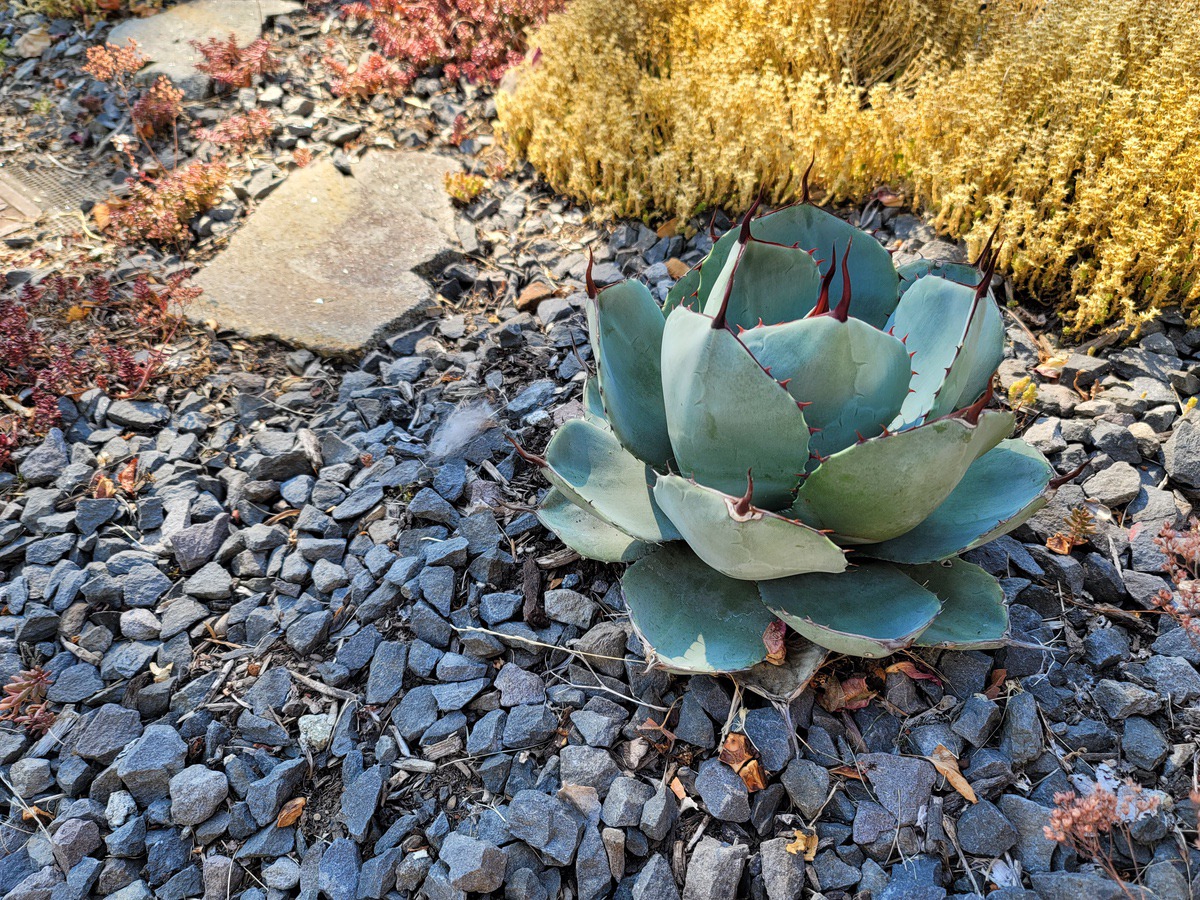



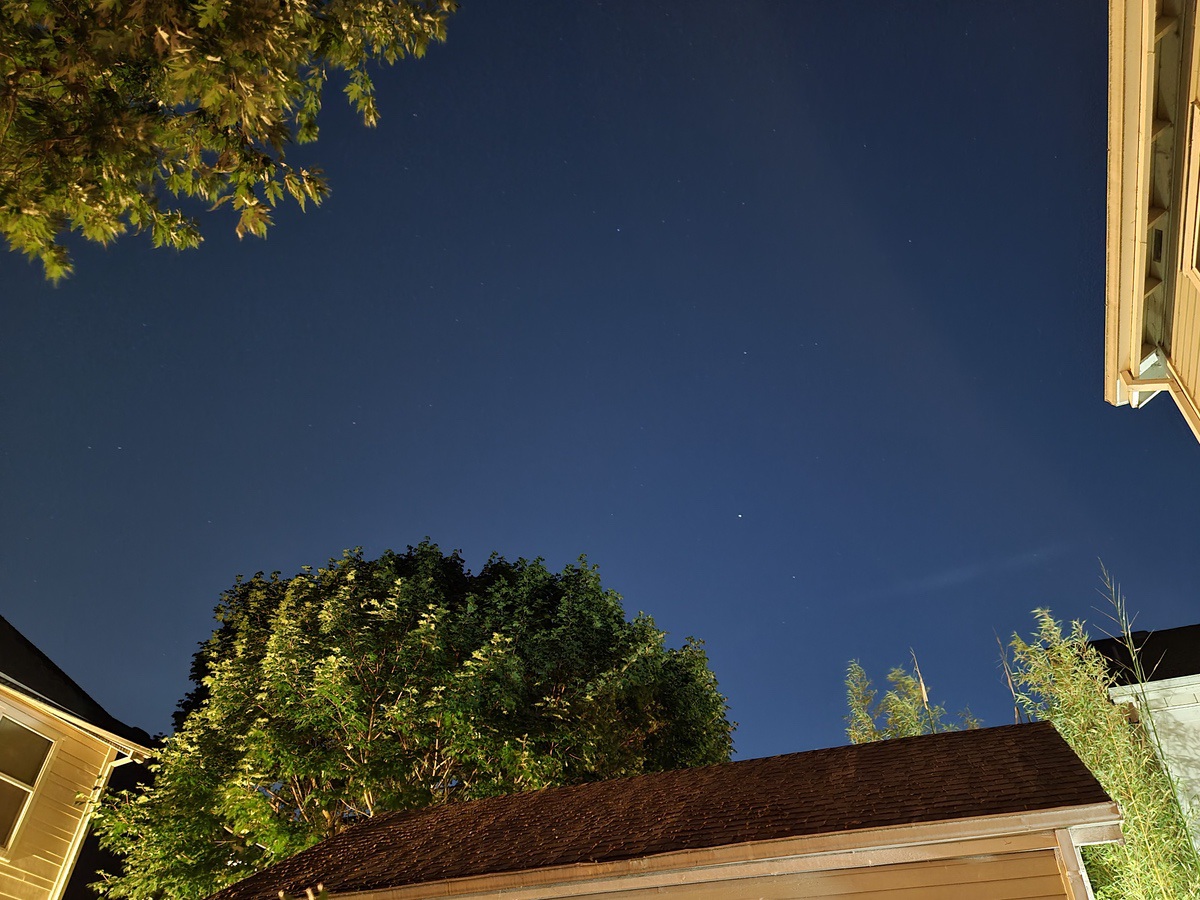



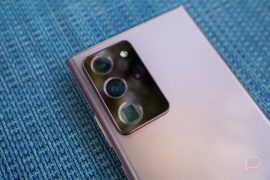
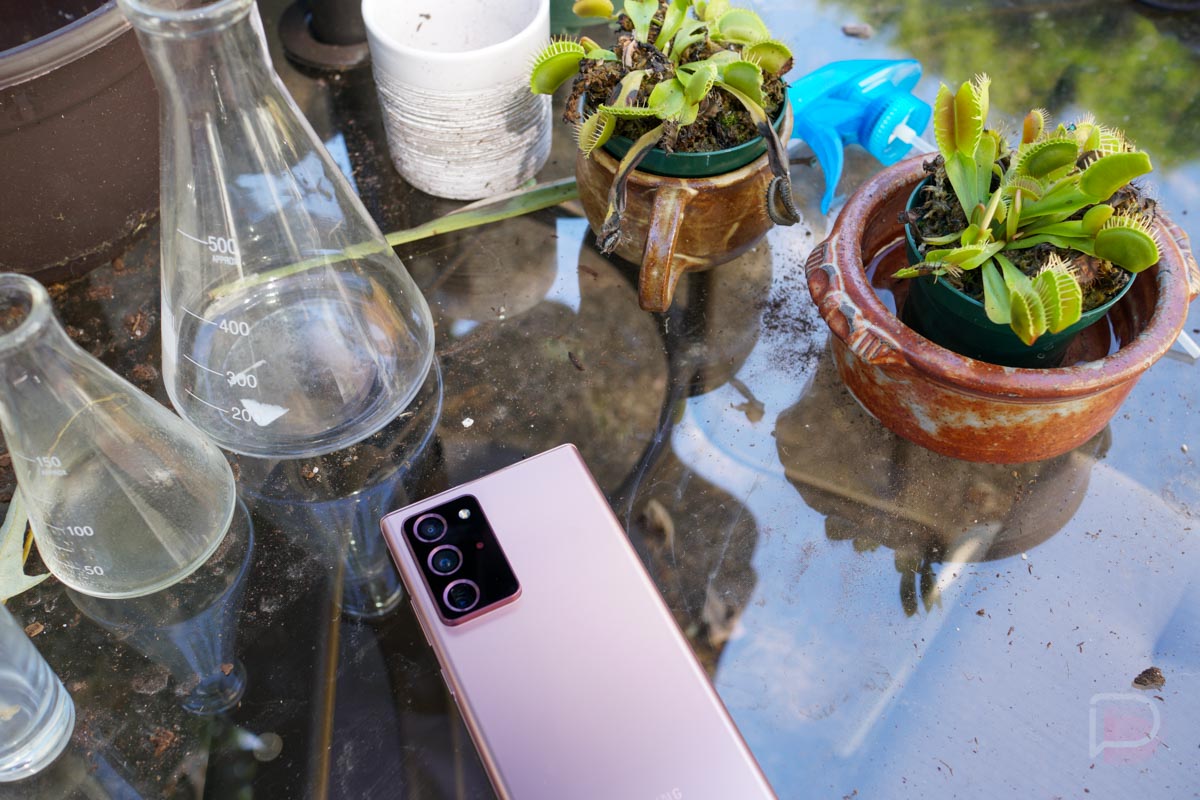
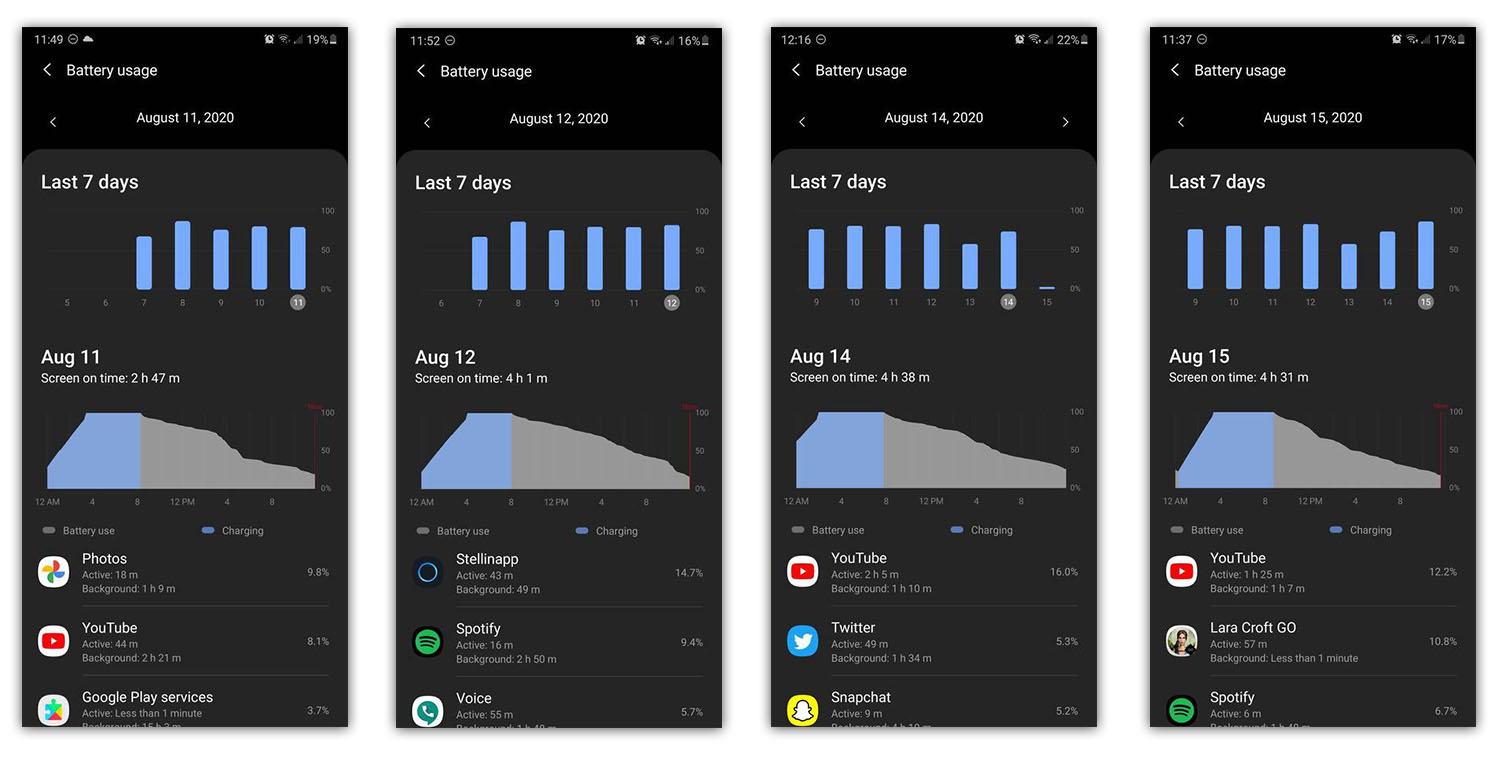
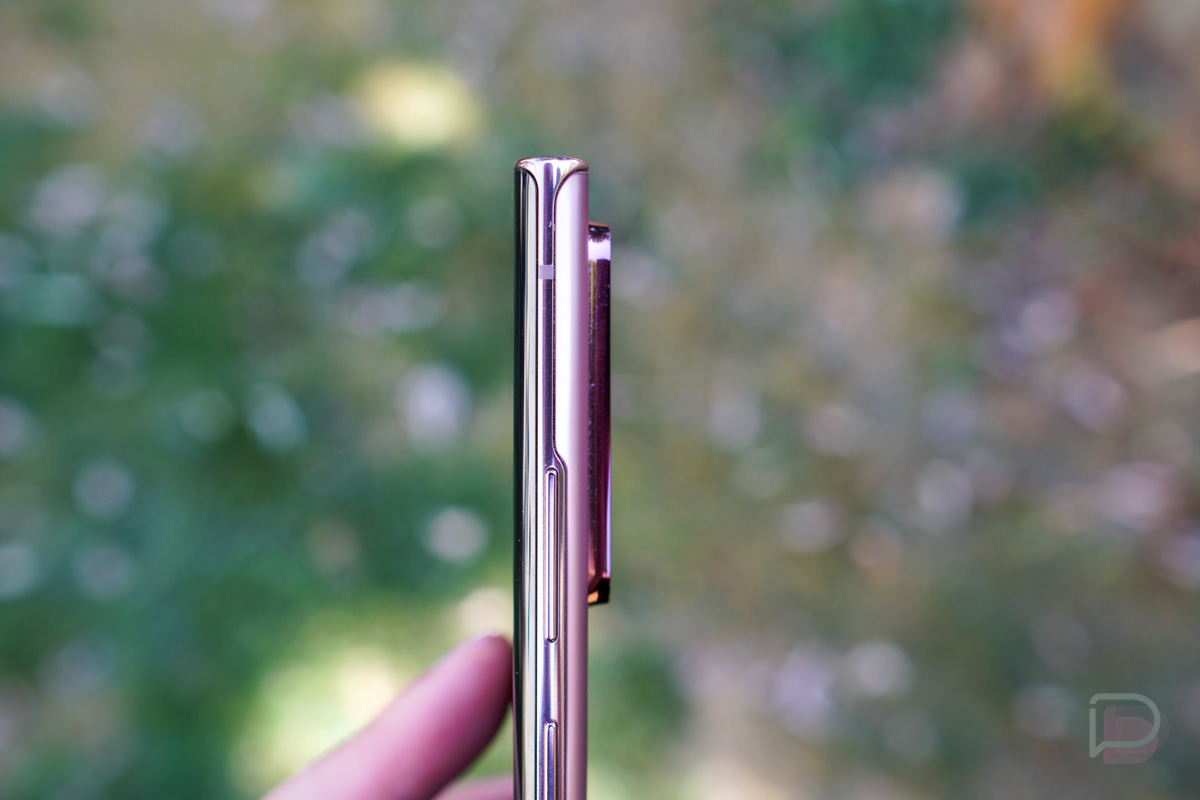
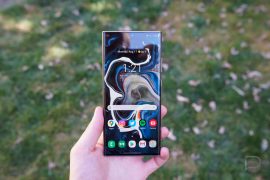
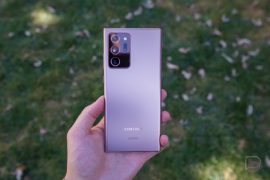
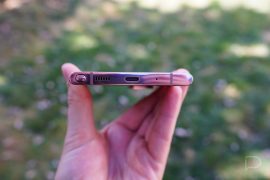
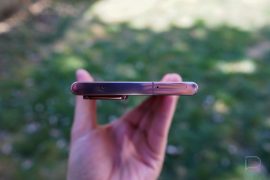
Collapse Show Comments102 Comments